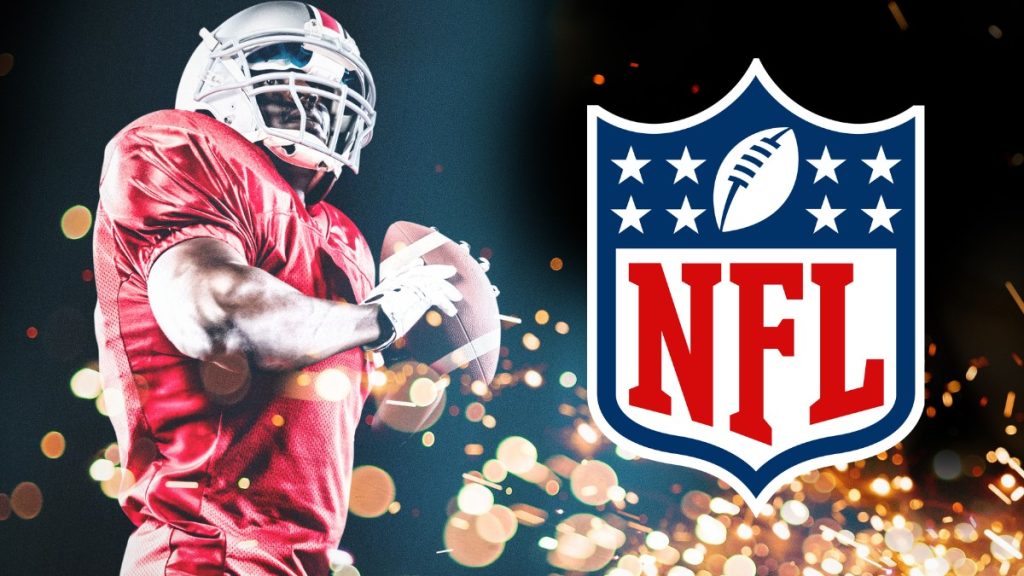Public perception plays a crucial role in shaping NFL betting lines, acting as a dynamic interplay between bettors’ sentiments and the sportsbooks’ strategies to balance their books. At its core, betting lines are designed not only to predict the outcomes of games but also to attract equal betting action on both sides, thereby mitigating the sportsbook’s risk. The perceptions and biases of the betting public are pivotal in this balancing act, influencing the initial setting and subsequent movement of betting lines. When setting the initial betting lines, oddsmakers consider a multitude of factors, including team performance, player injuries, historical matchups, and other analytical data. However, they also heavily weigh public perception. High-profile teams with large, loyal fan bases, such as the Dallas Cowboys or the New England Patriots, often see lines that reflect their popularity as much as their actual performance metrics. This is because a significant portion of bets will be placed on these teams regardless of their current form, influenced by brand loyalty and media coverage. The sportsbooks anticipate this skew and adjust the lines accordingly to ensure balanced action and protect their profit margins.

As the betting week progresses, public perception continue to shape the lines through the volume and direction of bets placed. For instance, if a surge of bets comes in favor of one team, sportsbooks may adjust the line to make the opposing bet more attractive. This is a direct response to the perceived imbalance in betting volumes, driven by the public’s reaction to recent performances, injuries, or even rumors. The objective is to encourage enough bets on the less favored side to balance the book and minimize potential losses. Media influence also significantly shapes public perception and, consequently, betting lines. Continuous coverage, expert analysis, and social media buzz can amplify the perceived strengths or weaknesses of teams and players. For instance, a star player’s injury might be overemphasized, leading the public to undervalue the team’s chances and bet heavily against them. Conversely, a high-profile win can lead to an overestimation of a team’s prowess, driving more bets in their favor. Sportsbooks must remain vigilant and responsive to such shifts in perception to adjust lines accurately and attract balanced betting action.
Moreover, the psychology of the betting public cannot be overlooked. Cognitive biases, such as recency bias, where bettors give disproportionate weight to recent events, often skew betting patterns. If a team has recently had a standout performance, bettors might irrationally overvalue their chances in the next game, regardless of the opponent or other contextual factors. Oddsmakers anticipate these biases and adjust the lines to reflect and counteract such skewed perceptions. In conclusion, public perception is a fundamental factor in shaping NFL betting lines, intricately woven into the decision-making processes of sportsbooks and check top site for NFL. By considering the public’s biases, the influence of media, and betting patterns, sportsbooks aim to set and adjust lines that balance their books effectively. This symbiotic relationship underscores the complexity of sports betting, where the lines are as much a reflection of collective sentiment as they are of statistical analysis. The ability to understand and predict public perception, therefore, remains a key skill for both oddsmakers and astute bettors.